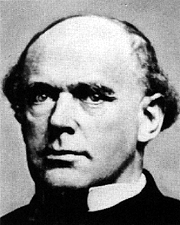JULY 1, 1864:
William
Pitt Fessenden becomes the new United States Secretary of The Treasury. He
finds the Department in chaos, an anticipatory parting gift from the scheming
Salmon P. Chase, no doubt.
The harsh Wade-Davis
Reconstruction Bill, requiring that a majority of southern
State residents take an “Ironclad Oath” to the United States, and stripping of
their rights any and all officials who worked under the Confederate governments
of the southern States, passes the Senate 26-3-20. Most importantly, it strips
the President of any power over Reconstruction. For all these reasons, and
because the language of the Bill treats the South as a foreign and hostile
power, President Lincoln objects to it. Although with Senate passage it is a
breath away from becoming law, President Lincoln treats it to a pocket veto.
It is the first anniversary of the Battle of Gettysburg.









